 Abraham Lincoln
If given the truth, the people can be depended upon to meet any national crisis...
Abraham Lincoln
If given the truth, the people can be depended upon to meet any national crisis...
 Guildford news...
for Guildford people, brought to you by Guildford reporters - Guildford's own news service
Guildford news...
for Guildford people, brought to you by Guildford reporters - Guildford's own news service
Birdwatcher’s Diary No.80
Published on: 1 Feb, 2015
Updated on: 1 Feb, 2015
By Malcolm Fincham
Taking advantage of a dry spell of weather, I spent some time enjoying a few pleasant days of sunshine during the last weeks of January around the Surrey countryside.
January 22 was certainly one of those days to be able to take in the wonder of the countryside on Thursley Common and its atmospheric delights with the feeling that any birds I might see would be a bonus on such a chilly but sunny afternoon.
The inhospitable looking winter heathland can often be quite sparse of wildlife activity at this time of year, but this certainly wasn’t the case on this occasion, in spite of a recent cold spell of weather and some sharp overnight frosts. I was also delighted to see so much gorse already in flower giving colour to what can be quite a bleak looking landscape.
Gorse is an opportunist plant that often takes the risk at this time of the year of breaking into flower in the hope of insect will arrive and help to pollinate it.
Having got some rather pleasing pictures of Dartford warblers there on December 10, I was pleased to add them once again to this year’s list of sightings.
And on getting a few more up-to-date photos, I wished them best of luck with the hope that they will survive the rest of the winter as they looked for food in and around the gorse at the several locations which I was able to locate them.
Living on the northern edge of their breeding habitat on our Surrey heathland, they are susceptible to cold winters as they are dependant on insects to survive on, unlike some birds that are able to change their diets during winter months.
Other birds seen there in surprisingly good numbers included a flock of 25 or more meadow pipits, feeding in the heather on ‘shrike hill’ as well as a good number of stonechats.
And even my first sighting of the year of three lesser redpoll feeding in some young silver birch on ‘shrike hill’.
As well as both greater spotted and green woodpecker.
With the great grey shrike renown to have been very mobile this winter, appearing only briefly on Thursley Common (as well as other heathland commons around Surrey), it was no surprise to me it wasn’t present that day.
This minor disappoint was more than made up for as I walked the footpath from ‘shrike hill’ towards the tumulus mound. From over a section of trees a bird of prey appeared scattering a group of small birds as it came into sight.
On realising it was a hen harrier, I scrambled for my camera and although not being able to focus it as well as I would have liked and only getting a few record shots as it flew by, it was certainly a rare sight and quite a special bird to add to my year list.
And a first ever sighting for me in Surrey!
The adult male and female are dimorphic with the adult male being noticeably paler in appearance than the female and immature bird.
Still thought to be persecuted by some gamekeepers on shooting estates, especially those managed for red grouse shooting, and with fewer habitats in which to breed, sightings of such a graceful predator will remain a rare one throughout the UK.
I would almost certainly guess this one had drifted over from Eastern Europe to winter in the UK.
During the afternoon of the following day, after an overnight frost, I made the most of the sunshine by taking a walk around Stoke Nature Reserve in the hope to glean a few more photos with more rather pleasing results.
My first was an encounter was with a group of four or so skittish (as always) bullfinches, just managing a picture of a male before it took flight to join the others.
With just a small corner of the lake by the island not frozen over, it gave me the chance to get a few close up pictures of waterfowl.
A gadwall was among the few ducks on show, allowing me some good views of its beautiful plumage.
A dabchick (little grebe) fishing by some reeds could be viewed quite close by.
While walking the towpath out to Bowers Lock, a pair of swans could be viewed as they gracefully swam the river between Stoke and Bowers Locks.
Looking out across the river to Bowers Court Farm, I spent a while watching a common buzzard that had taken up a regular position of late, perched in one of its favourite trees.
Occasionally gliding down to the ground with seemingly effortless grace to catch an unsuspecting small mammal.
While a few redwing could be seen feeding nearby in the field.
With kestrel numbers thought to be on great decline throughout the UK, it was pleasing for me to continue to get sightings of them in various locations around the Guildford area.
Last of all, but worth a mention, I have had a lot of reports locally of bright green parrot-like birds on feeders in gardens. (I hope you are keeping yours topped up during this cold spell of weather).
These are ring-necked parakeets that have colonised some northern parts of Surrey.
Have you seen one on your feeders lately? I would be interested to know. Please leave a reply in the box below.
Responses to Birdwatcher’s Diary No.80
Leave a Comment Cancel replyPlease see our comments policy. All comments are moderated and may take time to appear.
Recent Articles
- Guildford Institute’s Crowdfunding Project for Accessible Toilet in its New Community and Wellbeing Centre
- Letter: Guildford – Another Opportunity Missed?
- Letter: GBC’s Corporate Strategy – Where Is the Ambition?
- My Memories of John Mayall at a Ground-breaking Gig in Guildford Nearly Six Decades Ago
- Westborough HMO Plans ‘Losing the Heart of the Street’ Says Resident
- College Invests to Boost Surrey’s Economy and Close Digital Skills Gap
- Community Lottery Brings Big Wins for Local Charities
- GBC Housing Plan Promises ‘A Vibrant Urban Neighbourhood’ Near Town Centre
- Hospital Pillows ‘Shortage’ at the Royal Surrey
- Updated: Caravans Set Up Camp at Ash Manor School


Recent Comments
- Ian Macpherson on Updated: Main Guildford to Godalming Road Closed Until August 1
- Sara Tokunaga on GBC Housing Plan Promises ‘A Vibrant Urban Neighbourhood’ Near Town Centre
- Michael Courtnage on Daily Mail Online Reports Guildford Has Highest-paid Council Officer
- Alan Judge on GBC Housing Plan Promises ‘A Vibrant Urban Neighbourhood’ Near Town Centre
- John Perkins on GBC Housing Plan Promises ‘A Vibrant Urban Neighbourhood’ Near Town Centre
- S Collins on GBC Housing Plan Promises ‘A Vibrant Urban Neighbourhood’ Near Town Centre
Search in Site
Media Gallery
Dragon Interview: Local Artist Leaves Her Mark At One of England’s Most Historic Buildings
January 21, 2023 / No Comment / Read MoreDragon Interview: Lib Dem Planning Chair: ‘Current Policy Doesn’t Work for Local People’
January 19, 2023 / No Comment / Read MoreA3 Tunnel in Guildford ‘Necessary’ for New Homes, Says Guildford’s MP
January 10, 2023 / No Comment / Read More‘Madness’ for London Road Scheme to Go Ahead Against ‘Huge Opposition’, Says SCC Leader
January 6, 2023 / No Comment / Read MoreCouncillor’s Son Starts Campaign for More Consultation on North Street Plan
December 30, 2022 / No Comment / Read MoreCounty Council Climbs Down Over London Road Works – Further ‘Engagement’ Period Announced
December 14, 2022 / No Comment / Read MoreDragon Interview: GBC Reaction to the Government’s Expected Decision to Relax Housing Targets
December 7, 2022 / No Comment / Read MoreHow Can Our Town Centre Businesses Recover? Watch the Shop Front Debate
May 18, 2020 / No Comment / Read More



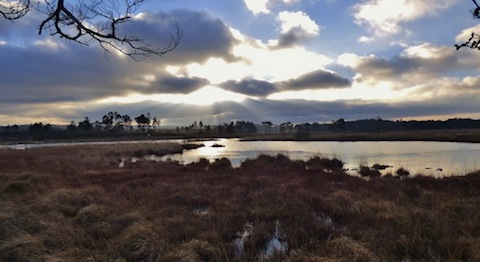
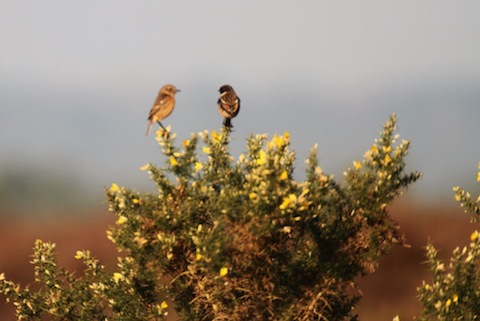
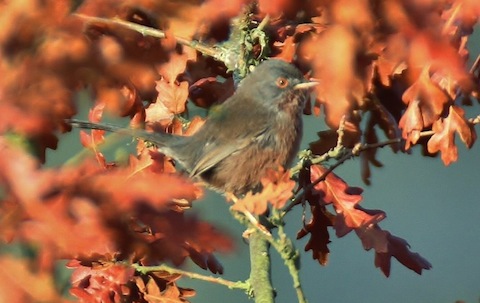
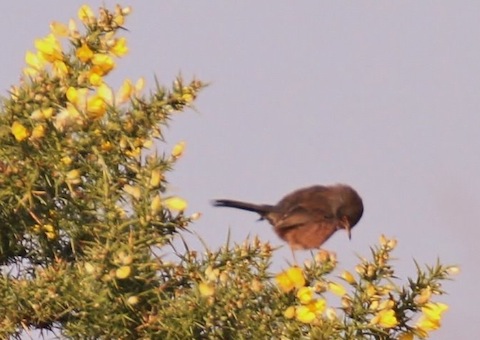
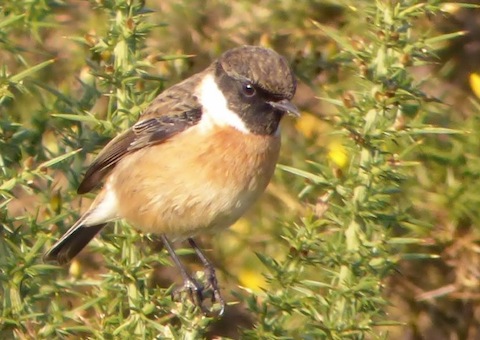

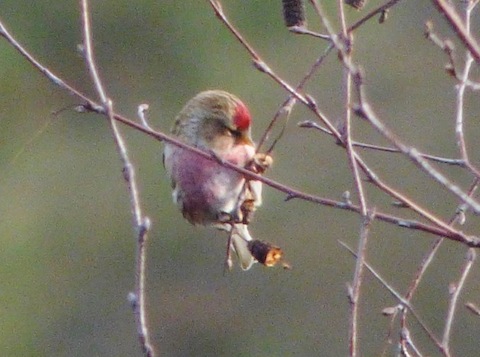
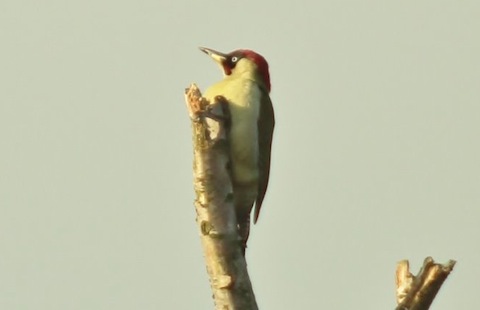


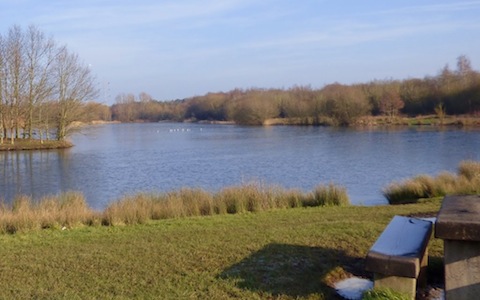

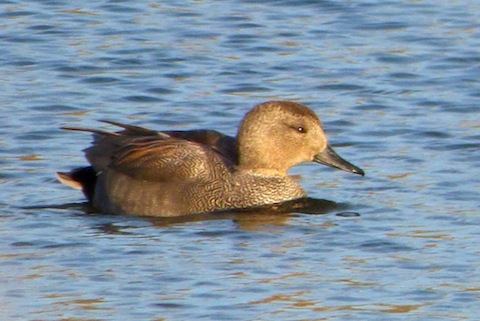
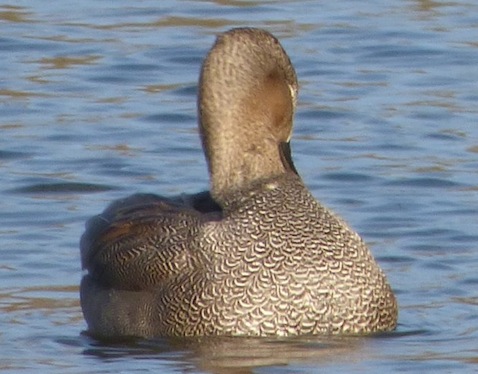
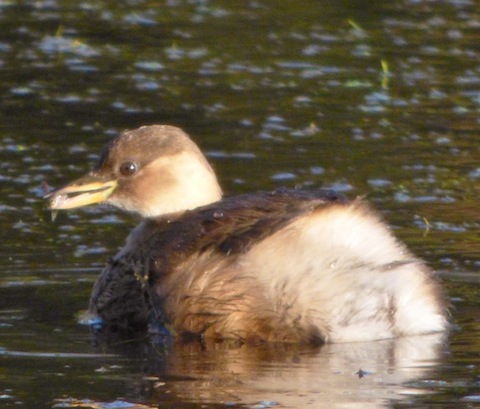

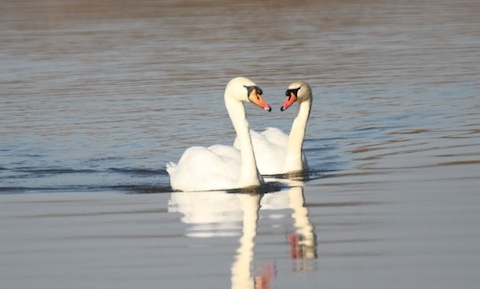
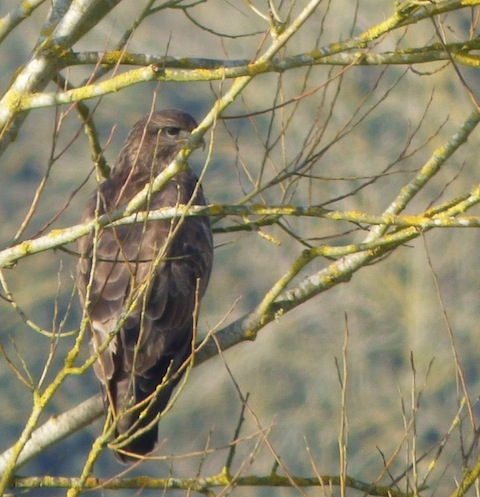
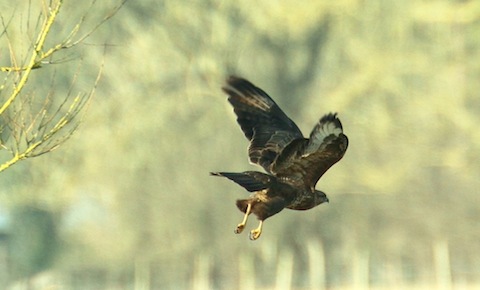

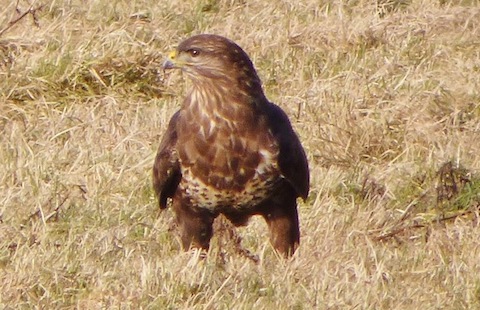
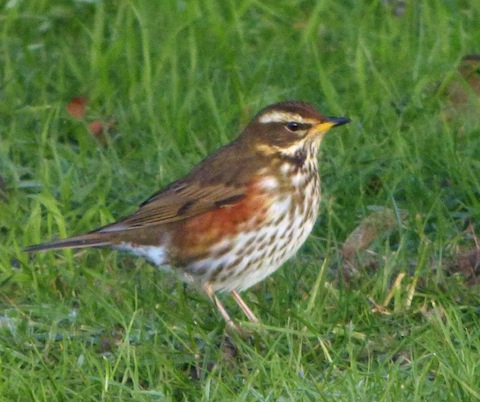
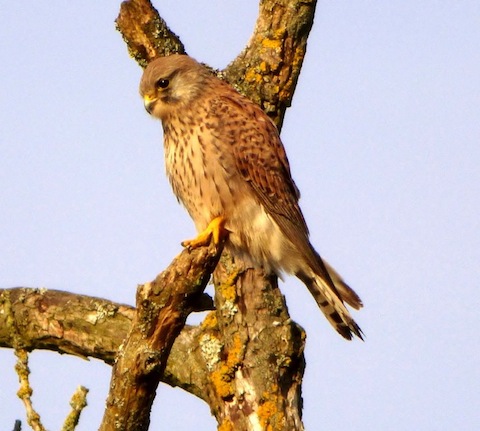
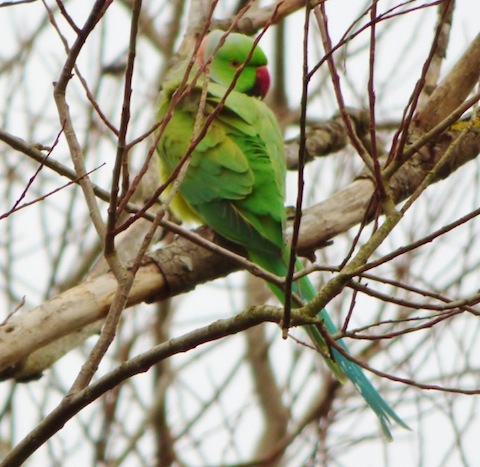






Alan Cooper
February 2, 2015 at 1:49 am
Amazing set of photos, thank you.
Martin Whitley
February 4, 2015 at 12:27 pm
You never cease to amaze me, with you variety of birds you discover locally.
Keep up the good work.